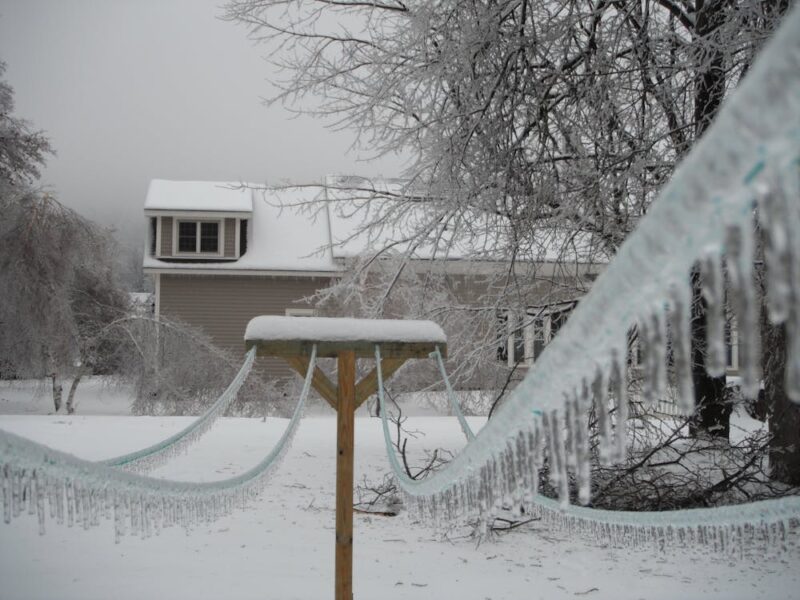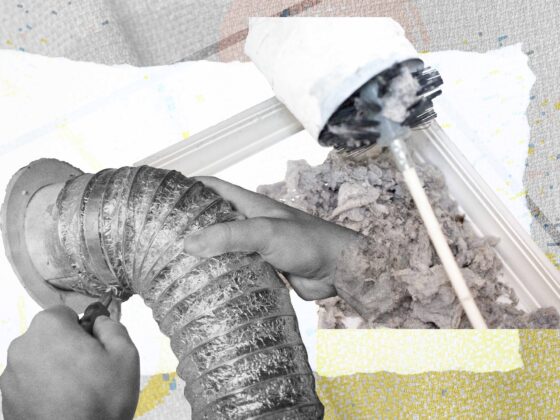Winter in Colorado can be tough on homes. If you’ve lived here for a while, you know how quickly temperatures can drop, bringing sudden snowstorms and icy conditions. The cold weather doesn’t just affect us — it impacts our homes, too. Preparing your home for these conditions is essential if you want to avoid costly damage and ensure everything runs smoothly all season long.
In this article, we’ll go over some simple, effective steps to get your house winter-ready so you can stay comfortable and avoid any unexpected surprises.
1. Inspect and Repair Your Roof
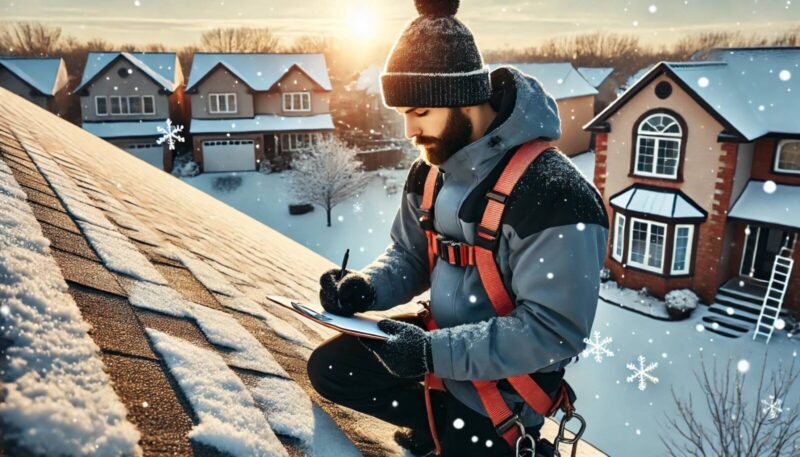
One of the first things you should do as winter approaches is inspect your roof. Winter storms in Colorado can bring heavy snow and ice, which put extra stress on your roof. Over time, even minor issues, like missing or damaged shingles, can become major problems when snow begins to pile up. If your roof is already compromised, snow buildup can lead to leaks or even structural damage.
Start by doing a visual inspection of your roof. Look for any signs of wear and tear, such as curling or missing shingles. If you notice anything unusual, it’s best to get it fixed right away. Roof repair in Colorado can be especially important, and local contractors are familiar with the specific challenges that winter weather brings. By addressing any issues now, you can prevent expensive repairs later on and protect your home from the harsh elements.
2. Clean and Inspect Gutters
Your gutters play a huge role in keeping your home safe during the winter. They help direct water away from your roof and foundation, which is crucial when snow starts to melt. However, if your gutters are clogged with leaves or debris, they can cause water to back up onto your roof, leading to ice dams or leaks.
Before the snow starts falling, make sure to clean out your gutters. Remove any leaves, sticks, or other debris that could block water flow. Also, check that your downspouts are clear and directing water away from your home’s foundation. If the downspouts are too close to the house, they can cause water to pool, leading to foundation damage or flooding. Taking a little time to make sure your gutters are working properly can save you a lot of trouble later.
3. Seal Windows and Doors
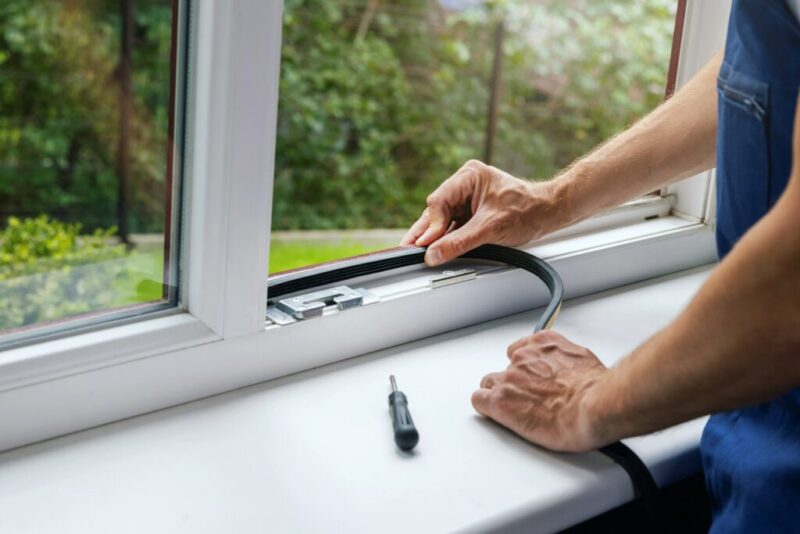
One of the quickest and most effective ways to keep your home warm during the winter is to seal any drafts around your windows and doors. Drafts allow cold air to enter your home, making it feel colder and forcing your heating system to work harder to maintain a comfortable temperature. Not only does this waste energy, but it also increases your heating bills.
To prevent this, check all your windows and doors for gaps or leaks. You can do this by feeling around the edges for any cold air coming in. If you find any gaps, apply weather stripping or caulk to seal them. This is an easy and inexpensive fix that can make a noticeable difference in how warm your home feels. Plus, it will help you save on energy costs throughout the winter.
4. Insulate Your Attic
Heat rises, and in winter, that means your home can lose a significant amount of warmth through the attic. Proper insulation is key to keeping that heat inside, where it belongs. If your attic isn’t well-insulated, your heating system will have to work harder to keep your home warm, which can lead to higher energy bills and a less comfortable living space.
Check the insulation in your attic to see if it’s sufficient. If your home feels drafty or your heating bills seem unusually high, it might be time to add more insulation. In areas like Colorado, where nighttime temperatures can drop significantly, this is an especially important step. A properly insulated attic can help keep your home warm and reduce your overall energy usage during the colder months.
5. Prepare Your Heating System
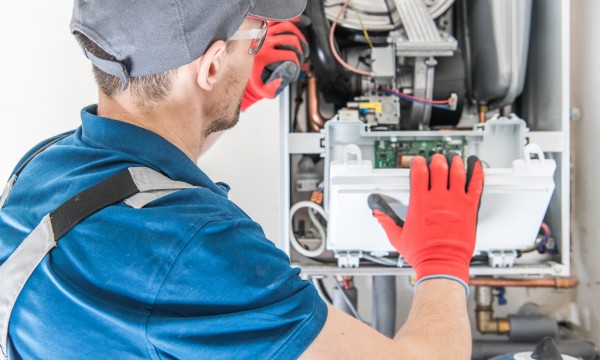
Before winter hits in full force, it’s important to make sure your heating system is ready to handle the cold. Whether you rely on a furnace, heat pump, boiler, or even an underfloor heating system regular maintenance is essential to keep your system running efficiently. A well-maintained heating system will make your home stay warm and also help you avoid unexpected breakdowns and expensive repairs.
Start by changing your air filters, as dirty filters can reduce your system’s efficiency. If you haven’t had your heating system serviced in a while, consider scheduling a professional maintenance check. This will make sure that everything is working properly and catch any potential issues before they become bigger problems. If you use a fireplace or wood stove, make sure it’s clean and ready for use as well.
6. Protect Outdoor Areas
Winter weather doesn’t just affect the inside of your home — it can also cause damage to outdoor areas like decks, driveways, and walkways. To prevent this, take some time to prepare these areas before the first freeze. Start by cleaning and sealing your deck to protect it from moisture and cold weather. This can help prevent cracking or warping over the winter.
For driveways and walkways, make sure they’re clear of any debris, and consider applying a sealant to protect them from snow and ice. You should also keep ice melt or salt on hand to spread on your walkways to prevent slips and falls during icy conditions.
7. Prevent Frozen Pipes
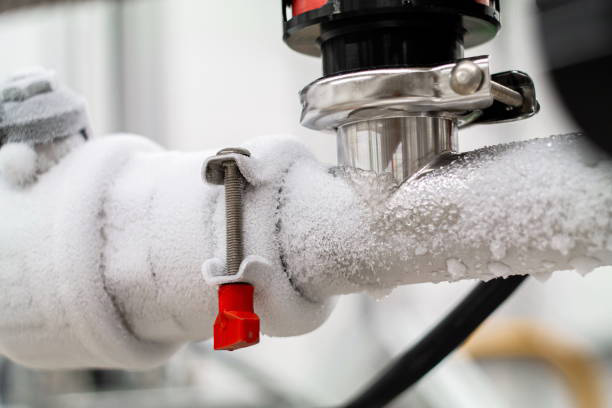
Frozen pipes are one of the most common and costly problems homeowners face during winter. When water freezes inside your pipes, it can cause them to burst, leading to significant water damage. To prevent this, make sure any exposed pipes, such as those in your basement, attic, or exterior walls, are properly insulated.
Maintain a steady temperature in your home, even when you’re away. If you’re going to be gone for an extended time, set your thermostat to a minimum of 55°F to help prevent your pipes from freezing. Additionally, if the weather gets extremely cold, you can let your faucets drip slightly to keep water moving through the pipes and reduce the risk of freezing.
Preparing your home for winter doesn’t have to be a huge task, but it’s one that can save you a lot of trouble and expense later on. By taking these steps, like inspecting your roof, sealing windows, and insulating your attic, you’ll help protect your home from the harsh Colorado winter weather.
A little preparation now can go a long way in keeping your home warm, safe, and ready for whatever winter throws your way.
